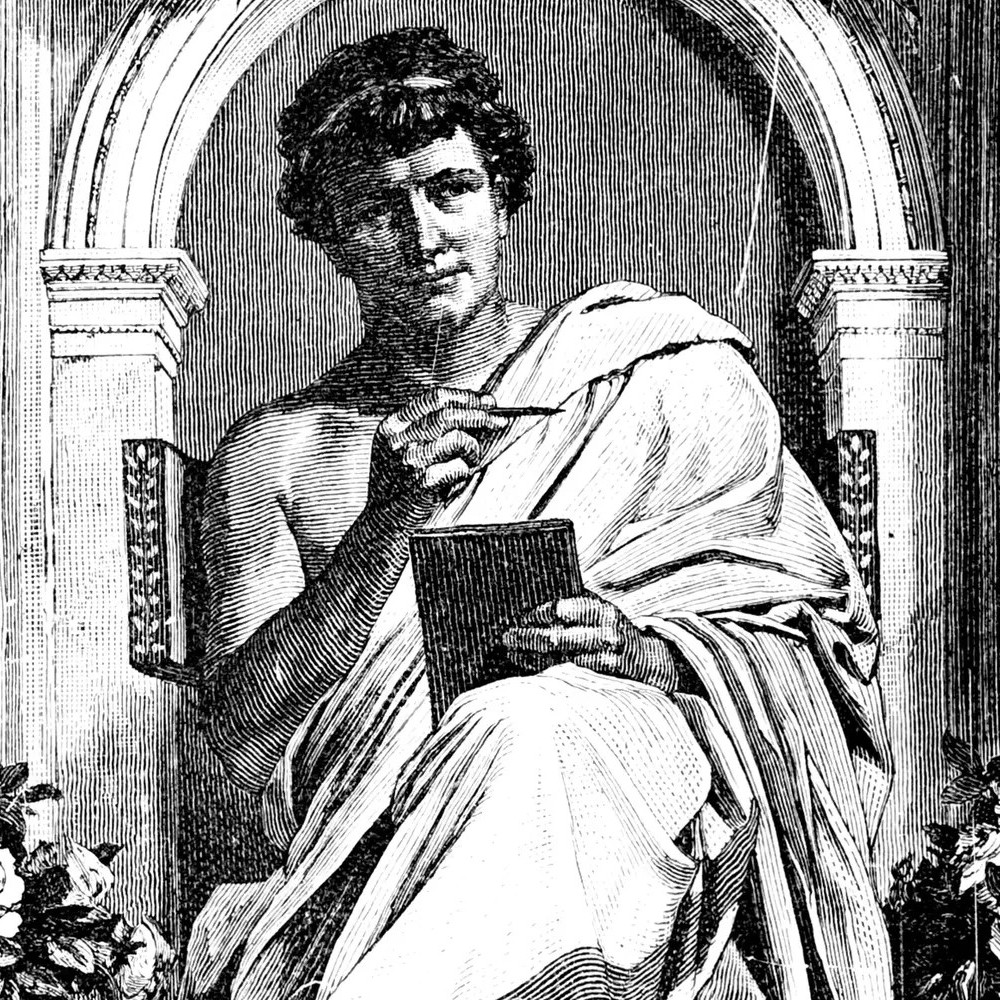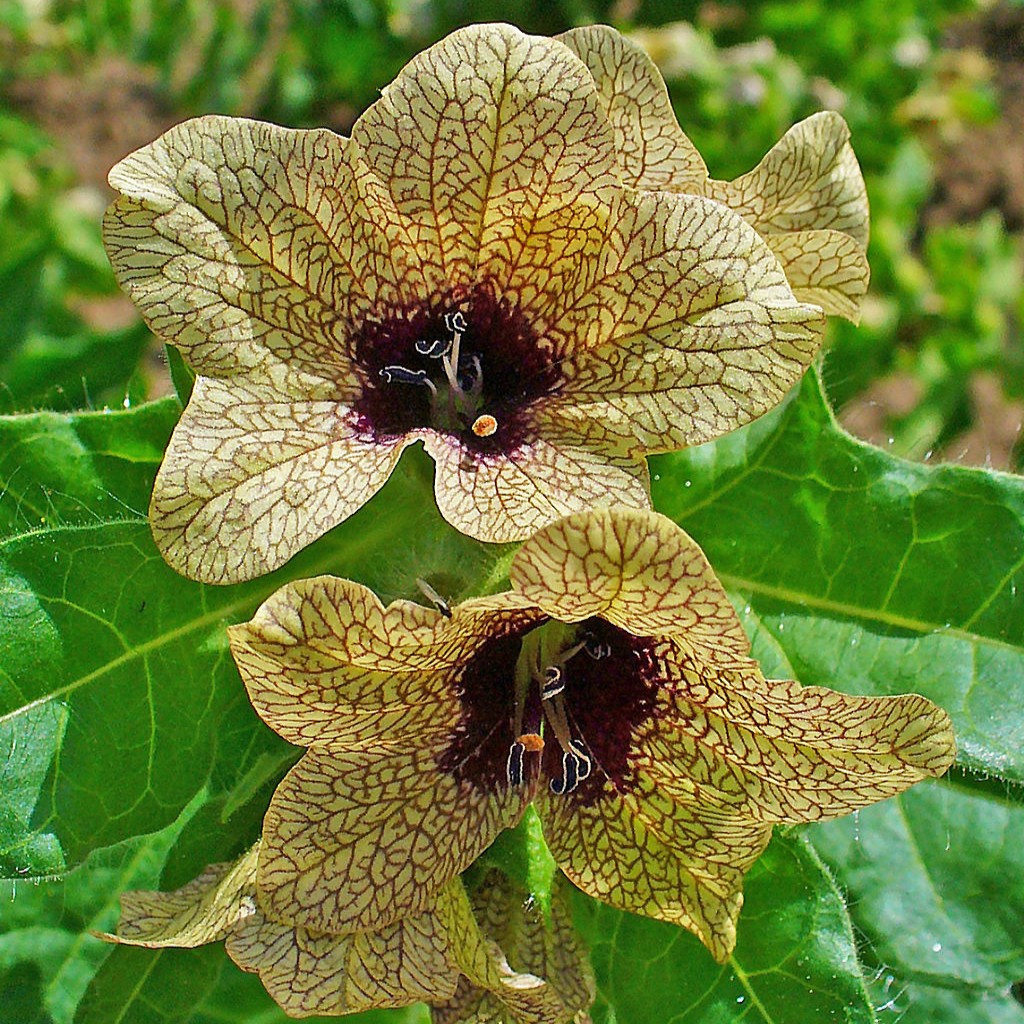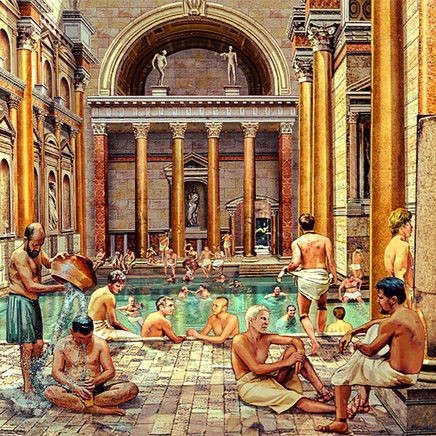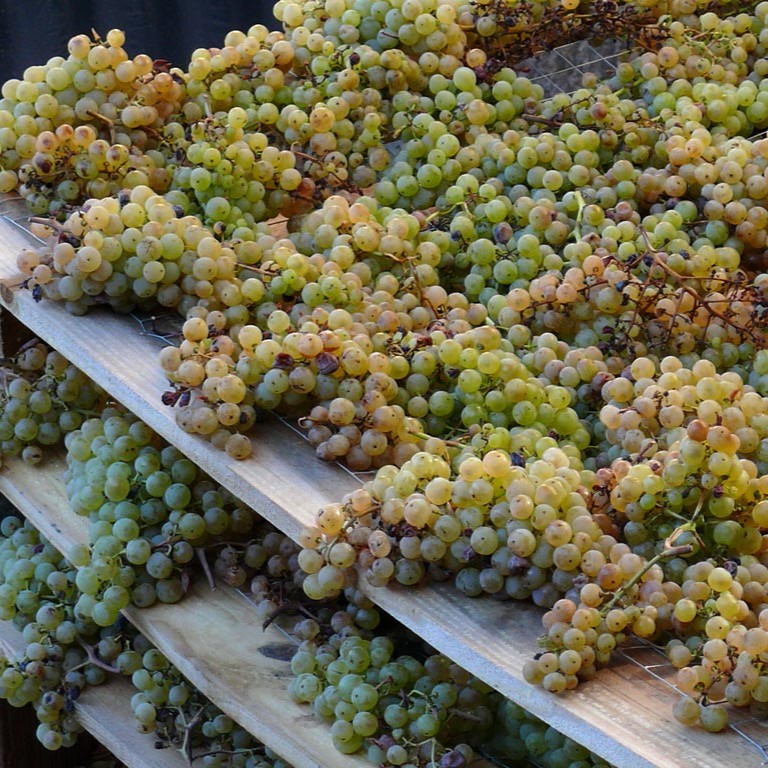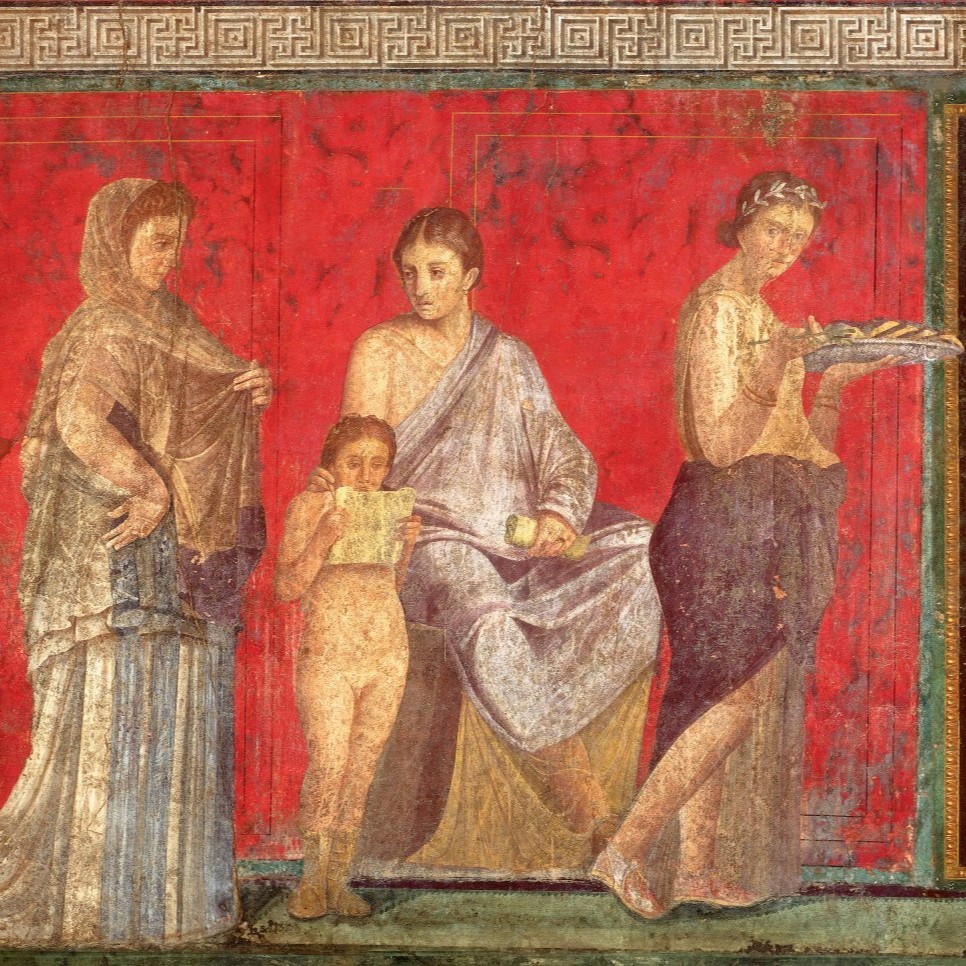Translated from french (please notify us of errors)
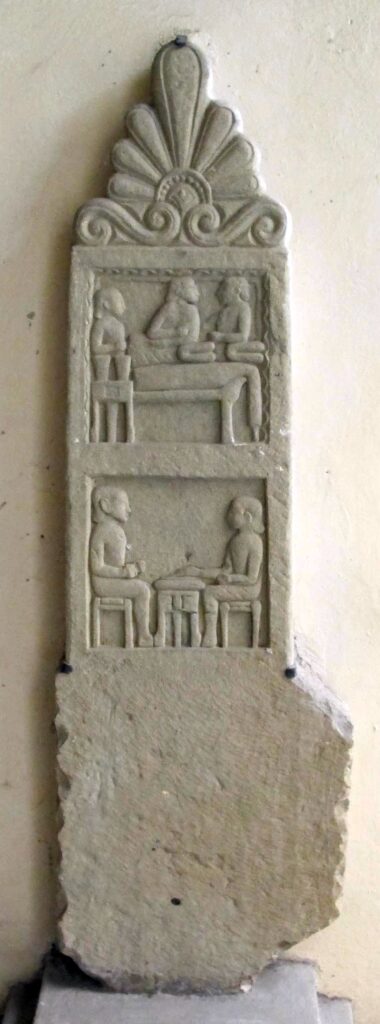
Two passions dear to Nunc est bibendum –feasting and playing–meet upon a stone twenty-five centuries old: the Peruzzi stele, now kept at Villa Corsini a Castello, near Florence.
Dated to the late sixth or early fifth century BC, this grey-arkose funerary stele from Varlungo, east of Florence, belongs to the group known as the Fiesolan stelae, monuments characteristic of the Etruscan aristocracy of Fiesole. On its trapezoidal surface unfold two carved scenes expressing the culture and values of a refined, hierarchical society deeply attached to the pleasures of good living.
The Banquet: Hierarchy and Conviviality
In the upper register, a banquet: two men reclining on a klinē raise their cups, served by a standing attendant.
Wine, conviviality and social rank merge here, for drinking together is more than sharing a meal –it is an affirmation of status, a celebration of belonging to an elite, and a perpetuation of a way of life where wine symbolises both mastery and restraint.
Such scenes are frequent in Etruscan funerary art, echoing the Greek symposion adopted and adapted by Etruscan aristocracies as an expression of prestige, culture and the fellowship of free men.
The Player’s Final Move
Below, a board game: two young men seated face to face, separated by a three-legged table supporting a game board.
One extends his hand –to throw a die? to seize a piece? The gesture remains enigmatic.
According to Petra Amann, archaeologist and historian of Etruscan art, this is the only known gaming scene among the Fiesolan stelae, a corpus of some thirty monuments discovered around Fiesole, north-east of Florence.
The bearded, slightly larger figure likely represents the deceased himself, facing an opponent or companion in play.
This frozen duel becomes more than mere amusement: a metaphor for rank, control and destiny.
In Etruscan culture, gaming was no trivial pastime but a mark of distinction –an exercise in strategy and moderation, where chance had to remain under command.
Here, the match seems suspended, as if the player, on the threshold of death, were making his final move against fate.
Carved from local grey arkose, these Fiesolan stelae almost always display two superposed registers — banquets, processions, conversations — sculpted fragments of the ideal life of male elites.
The Etruscan Aristocratic Ideal
The two images –of the banquet and of the game– distil a single ideal: to play, to feast, to measure oneself in pleasure as in thought.
Among the Etruscans, such gestures were no idle diversions but expressions of status, education and a noble culture of leisure, where moderation, strategy and discourse defined prestige.
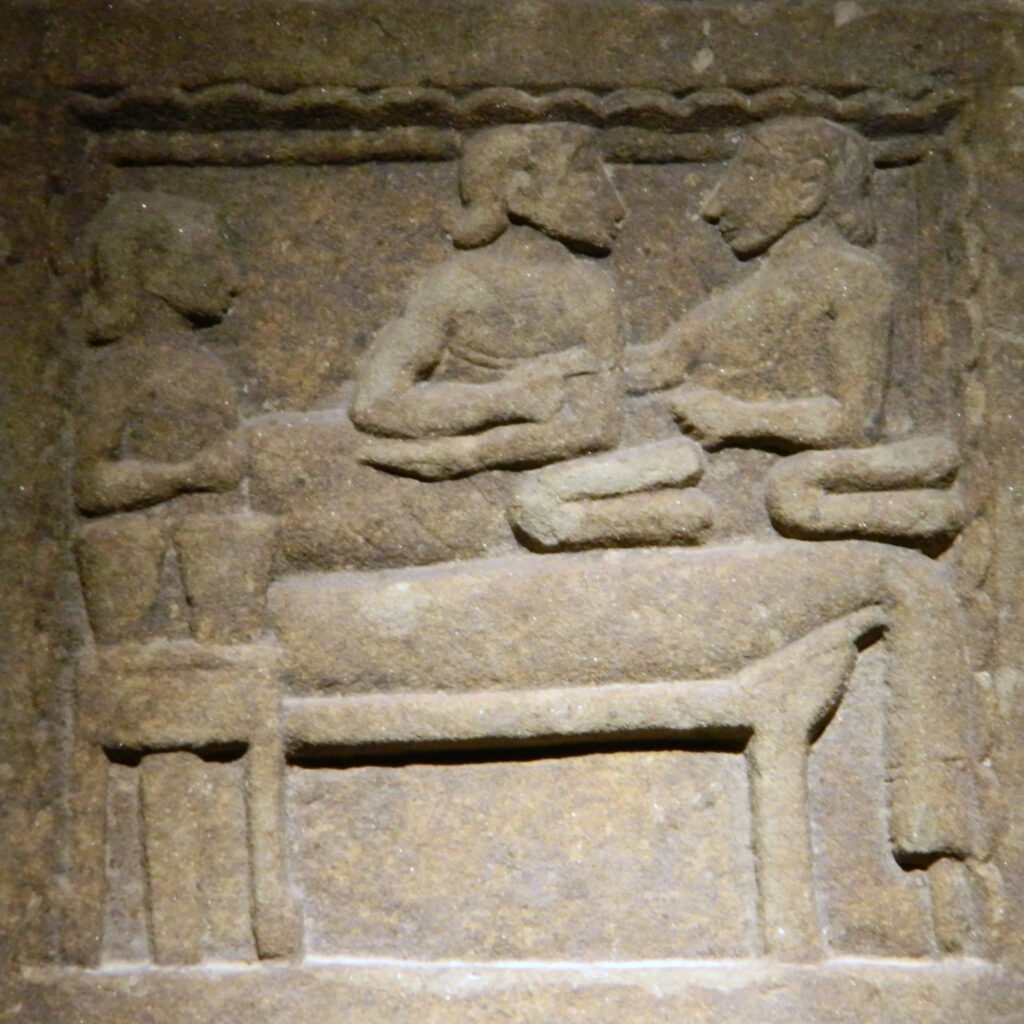
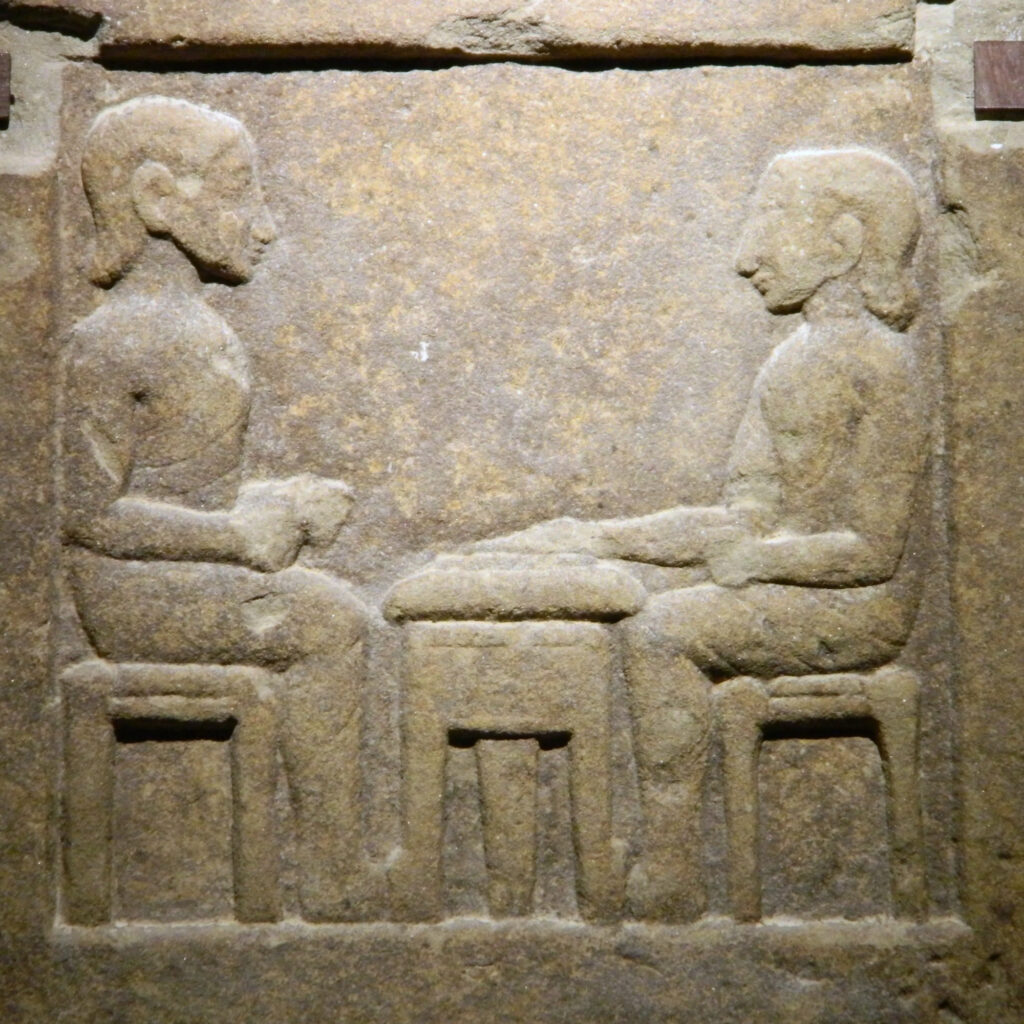 Sources and references
Sources and references
Petra Amann, Le pietre fiesolane: repertorio iconografico e strutture sociali, in Cippi, Stele, Statue–Stele e Semata. Testimonianze in Etruria, nel mondo italico ed in Magna Grecia dalla prima Età del ferro fino all’Ellenismo, éd. S. Steingräber, Pisa, ETS, 2018, p. 63–79.
Danza e banchetto sulle stele funerarie felsinee, in Studi Etruschi (2014).
L’ombra degli Etruschi. Simboli di un popolo tra pianura e collina, dir. Paola Perazzi, Gabriella Poggesi, Susanna Sarti, Edifir, Firenze, 2016.
Other articles in English from the Nunc est bibendum blog
